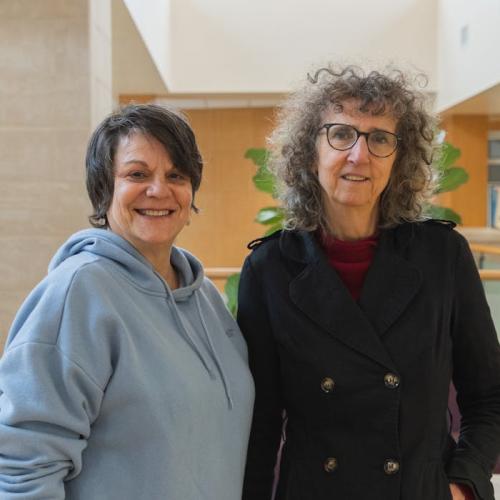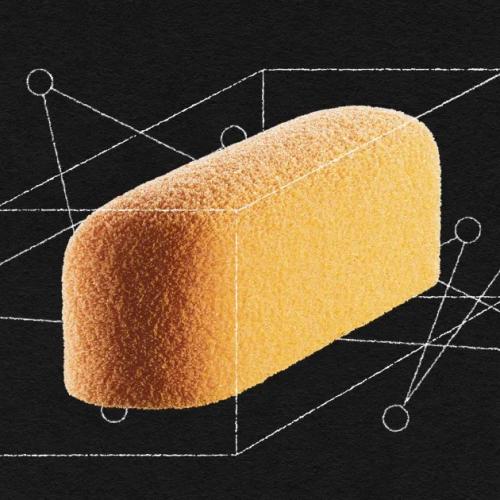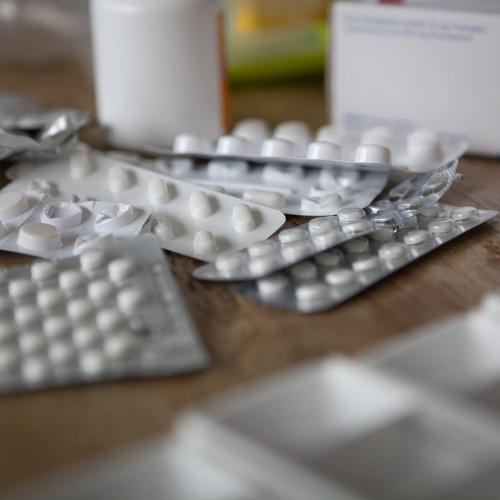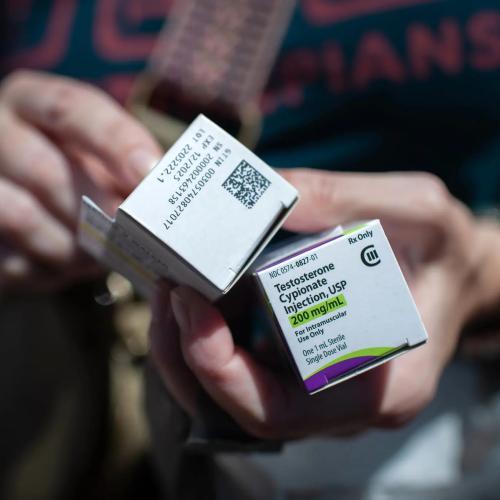Inspiring: Tech for Good News Stories
Below are key excerpts of inspiring news articles on the best of technology from reliable news media sources. If any link fails to function, a paywall blocks full access, or the article is no longer available, try these digital tools.
For further exploration, delve into our Inspiration Center.
A solar project funded and operated by both Jews and Muslims is shining some light on Auja, a small Palestinian town located in one of the most controversial territories on Earth. The $100,000 project is harnessing solar energy to power the drawing of water from deep underground to irrigate a grove of palms growing the prized Medjool dates. It is the first large project to be funded by both Jews and Muslims in the United States including former New York City Mayor Michael R. Bloomberg and to be operated by Israeli Jews and Palestinian Muslims on the ground. The solar array is providing an economic boost to 45 farming families in this town of 5,000 Palestinians on the eastern flank of the West Bank who struggle with scarce water and unreliable and expensive electricity. Ben Jablonski ... is leading the project through a nonprofit he founded called Build Israel Palestine. Mr. Jablonski, who is Jewish, started the organization in 2014 with Tarek Elgawhary, an Egyptian Muslim religious scholar in Washington, D.C. who also runs Coexist, an educational nonprofit. Jablonski gave up his board seat with the Jewish National Fund, a nonprofit infrastructure developer that has limited but controversial involvement in West Bank settlements, in order to meet the demands from the Auja community, which insisted that donors and engineers involved in the project have no connections to Israeli settlements. Build Israel Palestines work focuses on providing Palestinians access to water, and doing so by bringing Muslims and Jews together.
Note: Explore a treasure trove of concise summaries of incredibly inspiring news articles which will inspire you to make a difference.
Working as a guidance counselor five years ago in Palm Beach County, Estella Pyfrom noticed that [few] students had access to a computer after school. "They needed food. They needed to pay their mortgage or their rent," said Pyfrom, a former teacher. Without a computer at home, or reliable transportation to get to a computer, Pyfrom feared that many of these students would get left behind. So she bought a bus, filled it with computers and brought technology to the kids. Her mobile computer lab, Estella's Brilliant Bus, has provided free, computer-based tutoring for thousands of students since 2011. Pyfrom ... retired in 2009 and used money from her savings to buy the bus, [which] is outfitted with 17 computer stations that are connected to high-speed Internet via satellite. Emblazoned on its side are the words "Have Knowledge, Will Travel" and "We bring learning to you." The bus travels to schools, shelters and community centers throughout the county. Pyfrom and her team provide about 8,000 hours of instruction to at least 500 children a year. She also partnered with a community nonprofit to help provide meals to 3,000 residents each month. To keep up the momentum of her efforts, Pyfrom has continued to pour her savings into maintaining and modifying her bus, so far spending about $1 million, she says. "I don't think I'm going to get tired," she said. "I'm constantly charged up. I look at the faces of the children and I get energized."
Note: Watch an inspiring video on Estella's Brilliant Bus.
To the startups behind a series of new phone and tablet apps designed to make you smile, happiness is big business. Happier Inc ... launched a phone app in February encouraging users to reflect upon and share pleasant everyday moments. Built around the theory that writing down a nice thought is good for you and that positivity is contagious, the app is about helping consumers take stock of what's good in their life now and to treasure it, says [founder Nataly Kogan]. In the process, she is hoping to prove the technology haters wrong and remedy the negativity on social networks. "On Facebook, we're all bragging," she says. We present the best versions of ourselves and then our friends compare the real versions of their lives to our best versions, and that is depressing." Happier is not alone however. An array of other apps such as Mappiness, Happy Apps and Live Happy have come onto the market in the last couple of years, variously promising to track, share or enact moments of joy. John C Havens, author and founder of non-profit, H(app)athon Project, which uses mobile data to provide recommendations for volunteerism in the local community, suggests digital tools designed to measure contentment redress an imbalance in society where economic data is too often prioritised over social data. "There is real joy in discovery and introspection and reflection, which is something that we lack in modern society where we are so obsessed with productivity," he says. "If you allow yourself on a personal level, that self-reflection, as aided by these technologies, the hope is that you will discover areas of your life you have not been giving credit to."
Note: For a treasure trove of great news articles which will inspire you to make a difference, click here.
Four teenage African girls have come up with a urine-powered generator ... which they claim generates one hour of electricity from one liter (about a quart) of urine. The pee-powered product made its debut at Maker Faire Africa in Lagos, Nigeria. Urine is put into an electrolytic cell, which separates out the hydrogen. The gas cylinder pushes hydrogen into a cylinder of liquid borax, which is used to remove the moisture from the hydrogen gas. This purified hydrogen gas is pushed into the generator. The girls will probably be famous chemists one day, in any case, but they aren't the first to propose urine (or more solid human and animal waste) as a possible alternative fuel. Last year, in one example, researchers from Ohio University came up with their own technology for extracting hydrogen from urine. Doing so, they say, requires less power than plucking it from water, as hydrogen can be separated more easily from the ammonia and urea chemical compounds present in pee. The four African teens likely are the youngest researchers yet to dabble in pee as power. Skepticism aside, can we all just agree that the foursome should be lauded for their efforts to find alternative power sources on a continent that could really use them?
Note: For a treasure trove of great news articles which will inspire you to make a difference, click here.
Important Note: Explore our full index to revealing excerpts of key major media news stories on several dozen engaging topics. And don't miss amazing excerpts from 20 of the most revealing news articles ever published.











































































